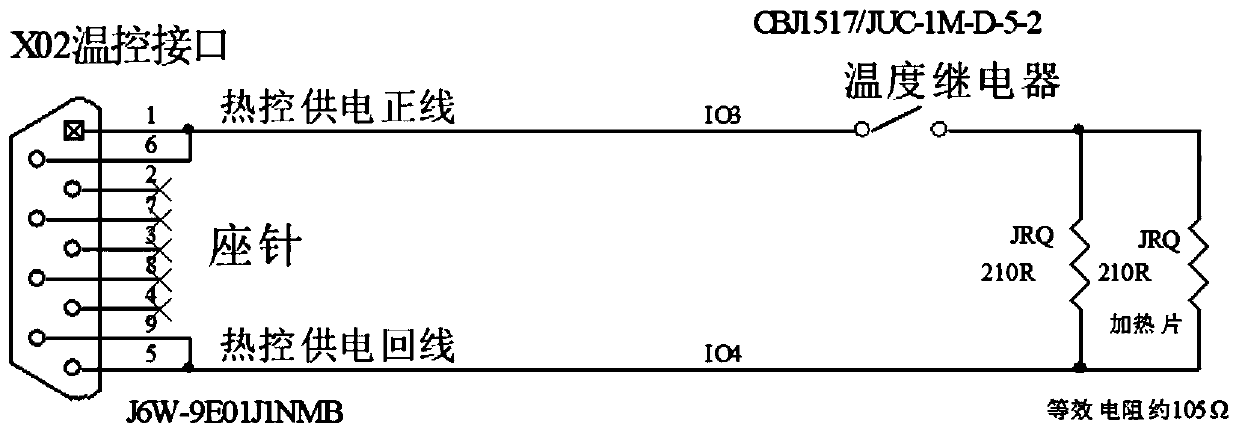Autonomous temperature control system for deep space energy particle detection instrument during on-orbit operation
A temperature control system and particle detection technology, applied in the field of deep space physical detection, can solve the problems of detection performance change and failure, and achieve the effect of simple structure and stable control
- Summary
- Abstract
- Description
- Claims
- Application Information
AI Technical Summary
Problems solved by technology
Method used
Image
Examples
Embodiment Construction
[0015] The present invention will be described in detail below with reference to the accompanying drawings and examples.
[0016] The present invention provides an autonomous temperature control system when the deep space energy particle detection instrument is in orbit, such as figure 1 As shown, it includes a temperature sensor, a temperature monitoring acquisition module, a control module, and a temperature control module.
[0017] The traditional spacecraft temperature control system usually adopts passive type, which is simple and easy to implement but has a narrow temperature control range. The temperature control system carried on some spacecraft is active, but the control circuit is complicated and the reliability is low, so it is not suitable for the complex and harsh thermal environment in the process of deep space exploration. The invention adopts the local distribution of temperature acquisition, monitoring and temperature control modules, which not only solves th...
PUM
 Login to View More
Login to View More Abstract
Description
Claims
Application Information
 Login to View More
Login to View More - R&D
- Intellectual Property
- Life Sciences
- Materials
- Tech Scout
- Unparalleled Data Quality
- Higher Quality Content
- 60% Fewer Hallucinations
Browse by: Latest US Patents, China's latest patents, Technical Efficacy Thesaurus, Application Domain, Technology Topic, Popular Technical Reports.
© 2025 PatSnap. All rights reserved.Legal|Privacy policy|Modern Slavery Act Transparency Statement|Sitemap|About US| Contact US: help@patsnap.com



